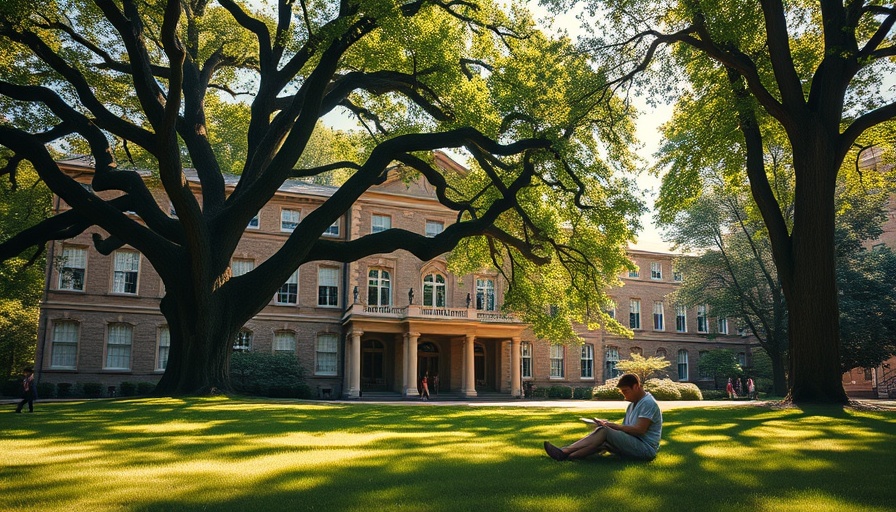
U.S. News Rankings: Stability Amidst Turbulence
As college administrators brace for significant challenges on the horizon, the U.S. News & World Report rankings provide a snapshot of America’s higher education landscape, which continues to evolve amidst funding cuts and demographic shifts. This year, the rankings maintain a sense of stability in the upper echelon, with Princeton University, the Massachusetts Institute of Technology (MIT), and Harvard University retaining their top three positions.
Despite the challenges that have hit colleges hard—ranging from government intervention to dwindling enrollment rates—the traditional ritual of ranking universities has continued undeterred. Interestingly, the University of California, Berkeley emerged as the top public university, overtaking UCLA in the rankings.
What This Means for Aspiring Students and Parents
For parents and students navigating the college application process, the rankings serve as a vital resource in evaluating potential schools. Many rely on these rankings as a benchmark for quality education, crucial for making informed decisions on one of life’s significant investments. However, it’s essential to approach these rankings with a critical eye, as they often reflect a complex algorithm rather than the holistic educational value of the institutions.
The Impact of Rankings on College Operations
Colleges often find themselves in a delicate dance with these rankings, meticulously providing data to support their standings and even financially backing efforts to promote their results. In a landscape shaped by competitiveness, the perceived prestige of rankings can significantly influence applications and donations.
As U.S. News prepares for its future without Robert Morse, the architect of its rankings for decades, college administrators and future students alike may wonder how ensuing changes may affect the landscape of higher education.
Looking Ahead: Future Trends in Higher Education
The coming years are bound to bring further shifts as colleges adapt to evolving admissions practices and demographic changes. Understanding how these trends might influence future rankings and institutional viability will be critical for students making decisions today. Remaining mindful of the broader context of higher education and its ever-changing dynamics can provide students and parents with a nuanced understanding of what these rankings truly signify.
In this unpredictable environment, knowing how to navigate higher education is more important than ever. Explore further insights into the trends and dynamics of college admissions that could enhance your educational journey.
 Add Row
Add Row  Add
Add 




Write A Comment